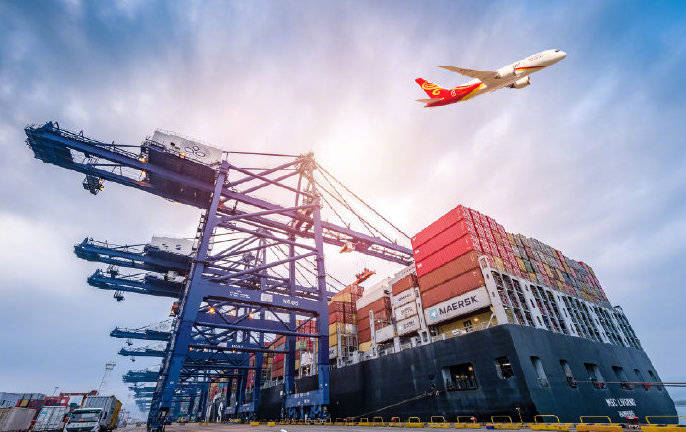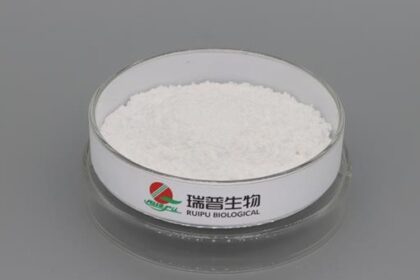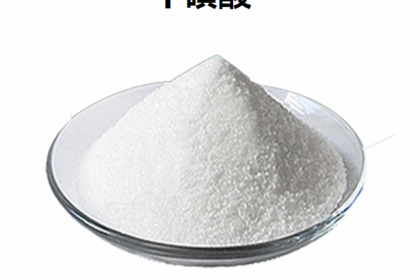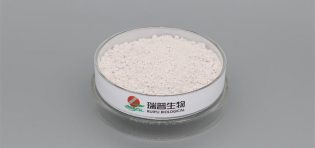
Air transport of copper gluconate is generally not the preferred method due to some reasons.
Shipping by air is significantly more expensive than other modes of transportation, such as sea freight or road transport.Copper gluconate is typically produced in large quantities, and the high cost of air transport can significantly impact the overall logistics expenses.
Airplanes have limited cargo space compared to ships or trucks, which means they can carry only a fraction of the amount that can be transported by sea or land.For bulk shipments, air transport may not be feasible or economical.
Air transport has a higher carbon footprint compared to sea or road transport.The emissions associated with air cargo contribute to air pollution and climate change.As the focus on sustainability and eco-friendly practices grows, many companies prefer to opt for greener transportation options.
Air transport of hazardous materials, including copper gluconate, is subject to strict regulations and requirements.The packaging, labeling, and documentation for air transport of hazardous materials can be complex and time-consuming.
Some chemicals, including copper gluconate, may have restrictions on air transport due to their potential reactivity or flammability.This could further limit the options for air transport of such substances.
While air transport is fast and suitable for time-sensitive shipments, copper gluconate is not typically considered a product that requires urgent delivery.For non-urgent shipments, slower and more cost-effective modes of transport are often preferred.
We use air transport for copper gluconate will depend on the urgency of the shipment, the budget available for logistics, and the specific requirements and regulations related to the product.For most cases, sea freight or road transport are more practical options for transporting copper gluconate due to their cost-effectiveness and lower environmental impact.








